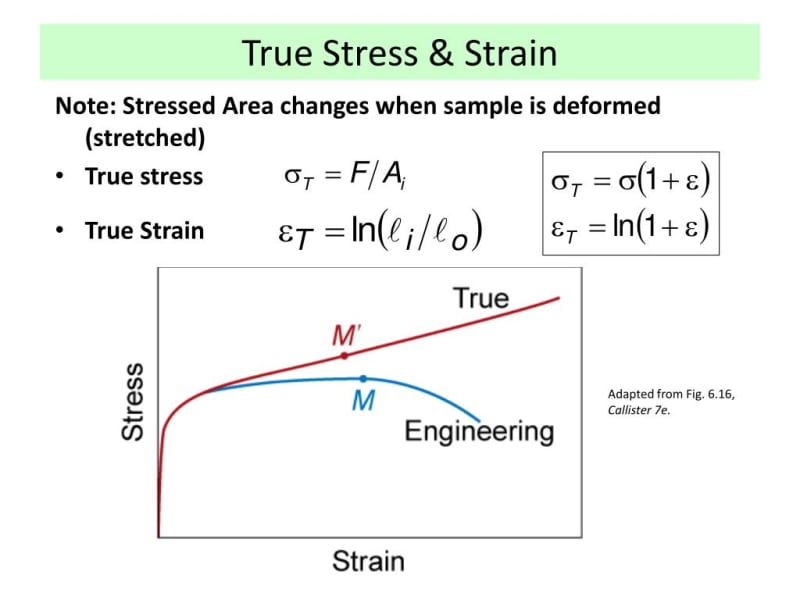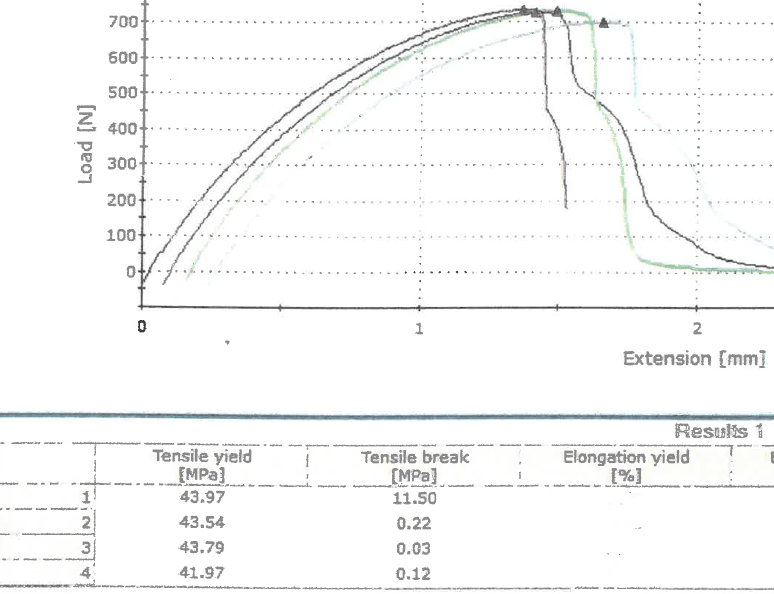I've noticed while reviewing many plastic datasheets, that they will often list tensile strength at yield values that are higher than tensile strength at break values. How does this make sense? Yield should always come before fracture, no? (Except maybe for really brittle things where they'll essentially be the same).
And how does one measure yield at these higher values anyway without the parts first breaking?
What am I missing here?
And how does one measure yield at these higher values anyway without the parts first breaking?
What am I missing here?


